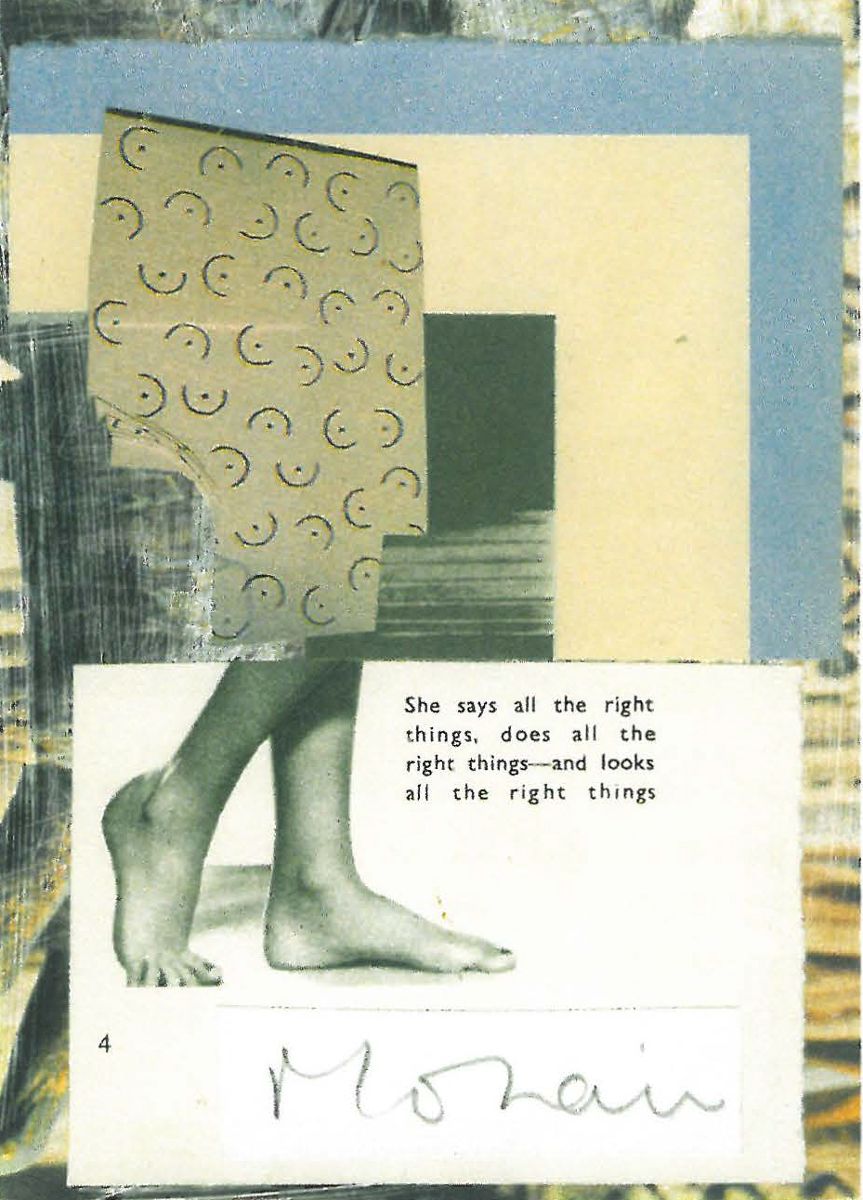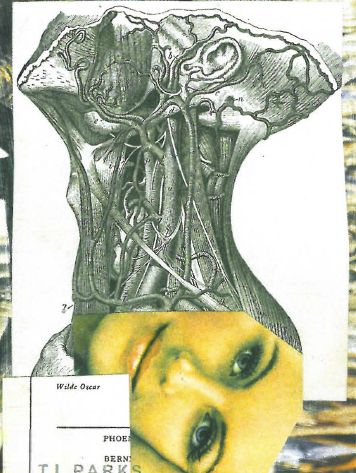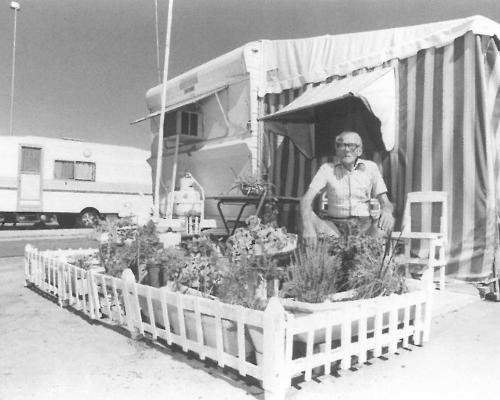
In August Pinacotheca opened for the last time, for an exhibition of recent work by Ti Parks. While living in Australia during the late 1960s and into the 1970s Ti Parks had a close association with this important art space, exhibiting at both the original St Kilda gallery and at Richmond.
Established in 1967 by Bruce Pollard, it was perhaps the first exhibition space in Melbourne to articulate a clear ideological commitment to a distinctly avant-garde agenda. At this time the prevailing singular conception of avant-garde practice as formalist art was splintering, and Pinacotheca played a pivotal role in fostering a more humanist viewpoint to counter the hermetic austerity of formalism.
Unsurprisingly, Pollard's interest in the individual personality personalities of artists and his need to engage with art on an intuitive as well as an intellectual level, resonates strongly with Ti Parks' practice. While grounded in a reductionist aesthetic, the content of his work embraces an everyday lived experience, distilling the poetic quality of the mundane and banal.
In working through the tensions that both enmesh and separate the peculiar, irreducible processes of art and a material, outer world his various installations and arrangements communicate with rare clarity the role creativity and freedom can play in contemporary life.
Randomness and chance have long been wryly-subversive methodological tactics of this artist, enabling him to negotiate personal meaning within a common experience of endless choice and decision. Recognition of these strange systems of logic within Parks' work is at once absurdly nonsensical and deeply enriching.
The more than 3000 collages used to construct the Waltham Wall, which dominates the main gallery space, are part of a larger project begun in the early 1980s. The artist has produced over 6,000 collages and the project will conclude when 10,000 of these postcard-sized works are completed. In this massive ensemble piece, Parks foregrounds a working method he has long used to overcome the 'creative doldrums'. The collages are assembled largely by chance, with images and text selected randomly from a collection the artist has gleaned from magazines.

As the images collected are largely of women, or bits of women cut up, there is an implicit violence here. What might be reasonably viewed as the continued propagation of a dubious politics of gender and sexuality, through a disarming process of self-parody, instead speaks of the artist's 'honest' attempt to negotiate his socially conditioned experience of contemporary culture. For in selecting these popular consumer images on the basis of their personal appeal, Parks constructs his own privileged portrait as an older, white, English male artist.
Images of soft, sensual fabrics like mohair are curiously recurrent motifs within the collages. While, again, the suggestion is of the fetishism of manifest feminine qualities, the motivation may be closer to that of the cult B-grade film director Ed Wood, who insisted that he wore women's clothing as a way of getting to know them. In any case the work clearly provokes experiences of radical difference: poetic combinations of text and image formed and disintegrated in accordance with our own biographies.
The overwhelmingly frenetic and textural surface of the Waltham Wall, though an overwhelming physical experience, also clearly evokes the everyday virtual experience of turning down the sound on a TV and rapidly flicking between channels. Suddenly we seem able to pull back and survey with an odd kind of clarity the schizophrenic, irrational and often hilarious explosion of images.
The effect is of a succession of momentary, fugitive relationships that are at once inconsequential and profound. There is a resonance here with sociologically oriented conceptions of the tactical character of everyday practices, which have become useful in positioning recent art practice. The idea that small-scale resistance and empowering acts of adapting larger structures to one's own needs are both possible and necessary, is clearly evident in Parks' work.
Parks' recognition of the possibility of personal freedom lies not in renouncing a connection to the real world, but through a full immersion to counter its alienating effect. His practice has always embraced the broad spectrum of culture. He reads books and theory but 'not very seriously' and goes to exhibitions but randomly. For Parks the motivation lies in the promise of freedom in doing what he wants to do: of intuitively working, producing art that's sometimes completely inexplicable in the manner of a puzzle or mystery, the logic of which emerges slowly and profoundly. He's happy with that.












